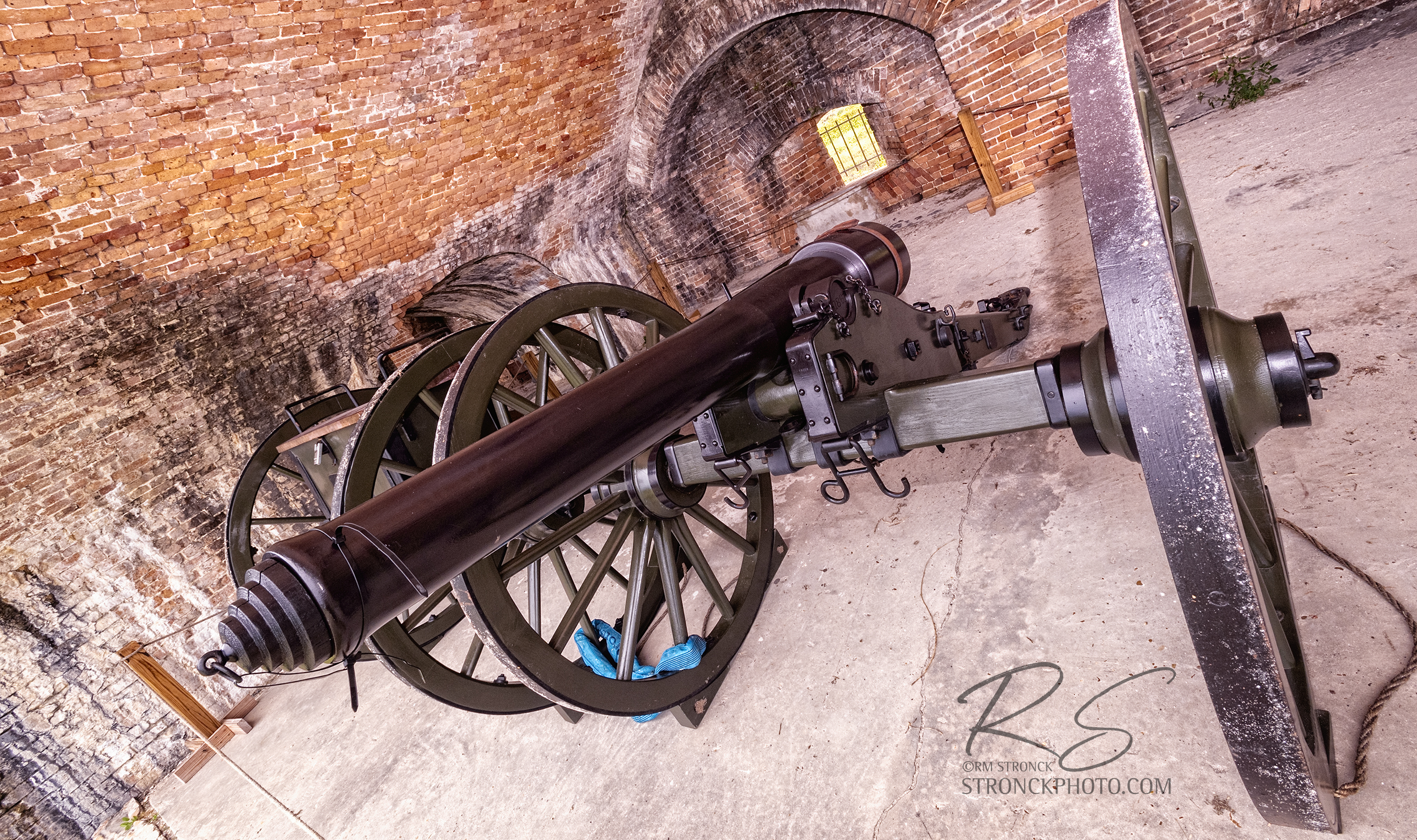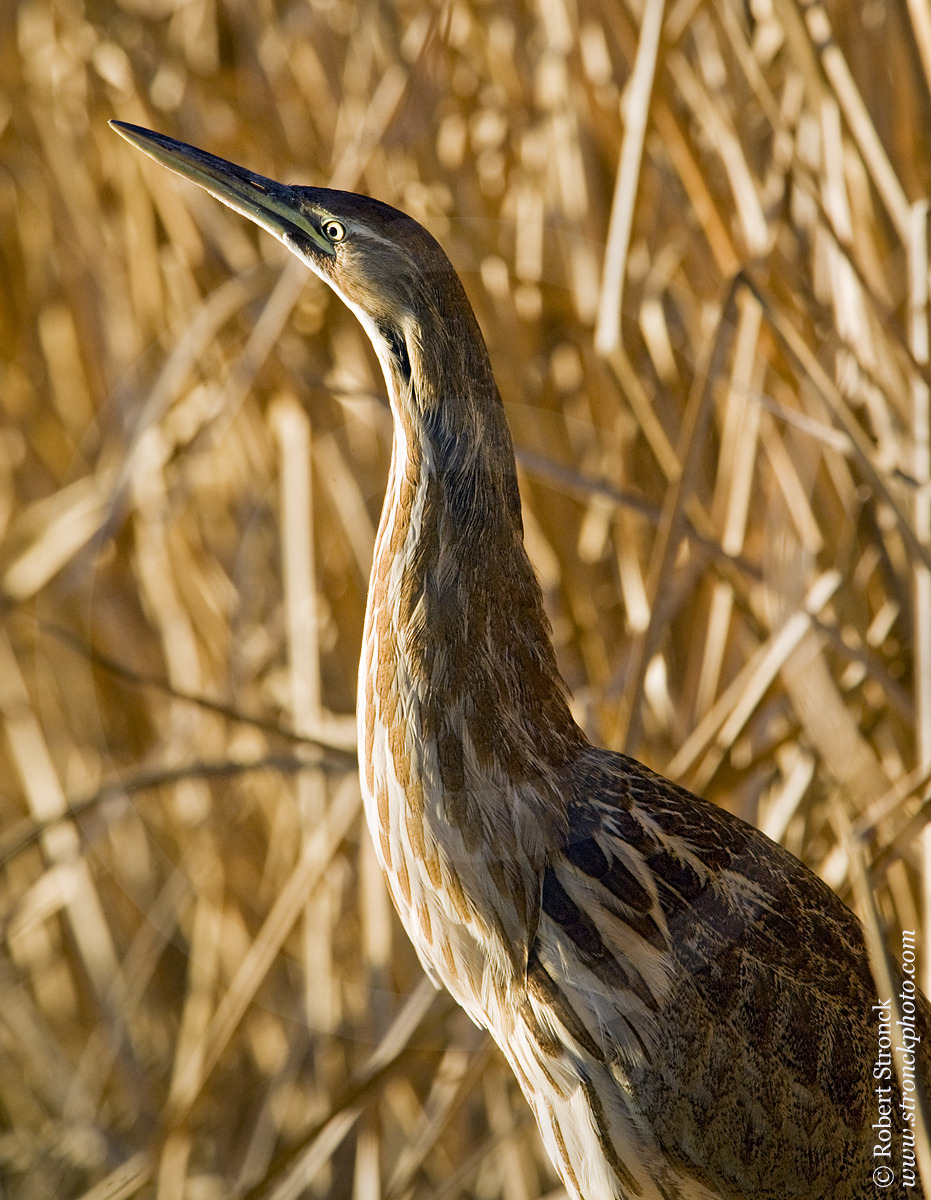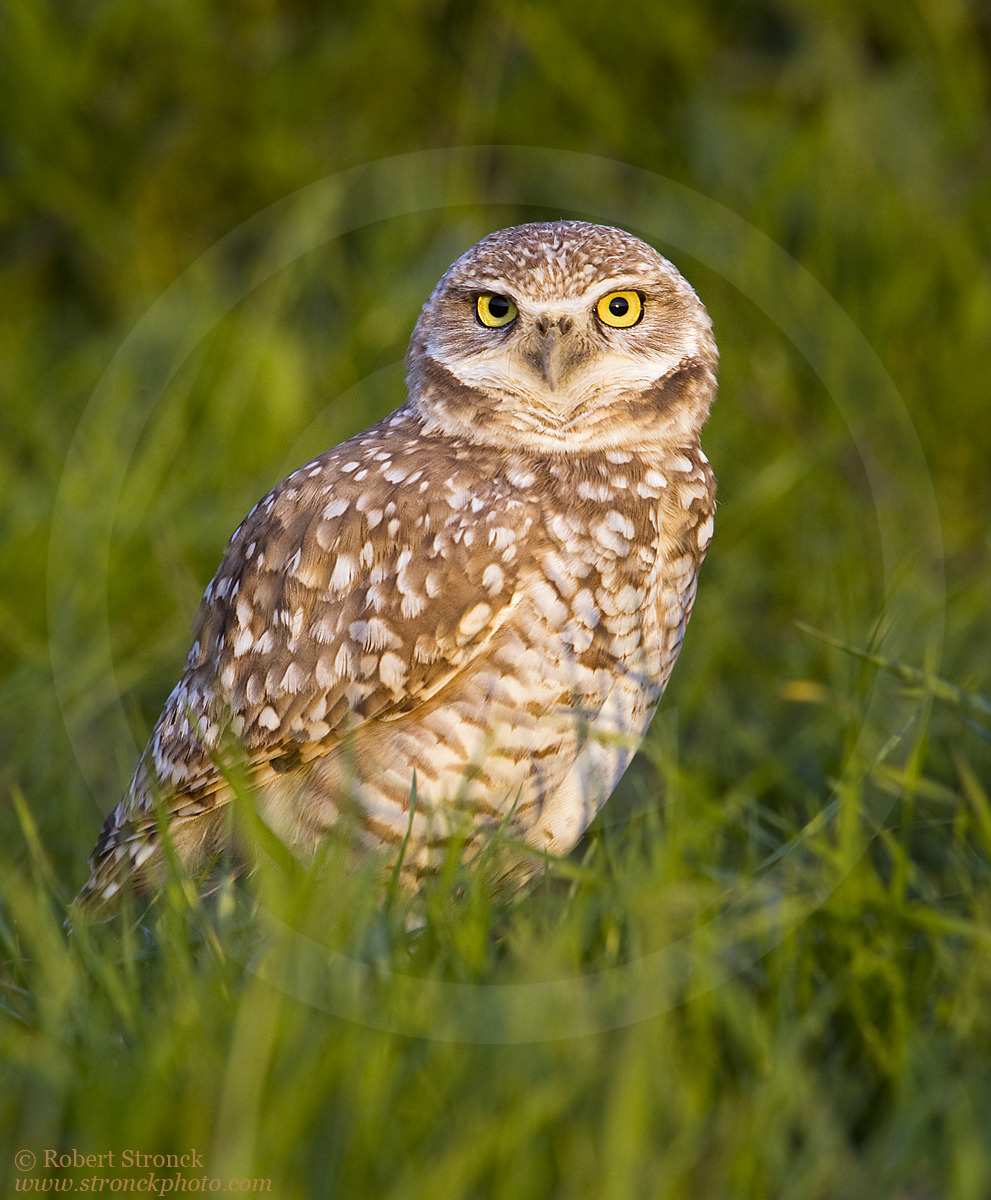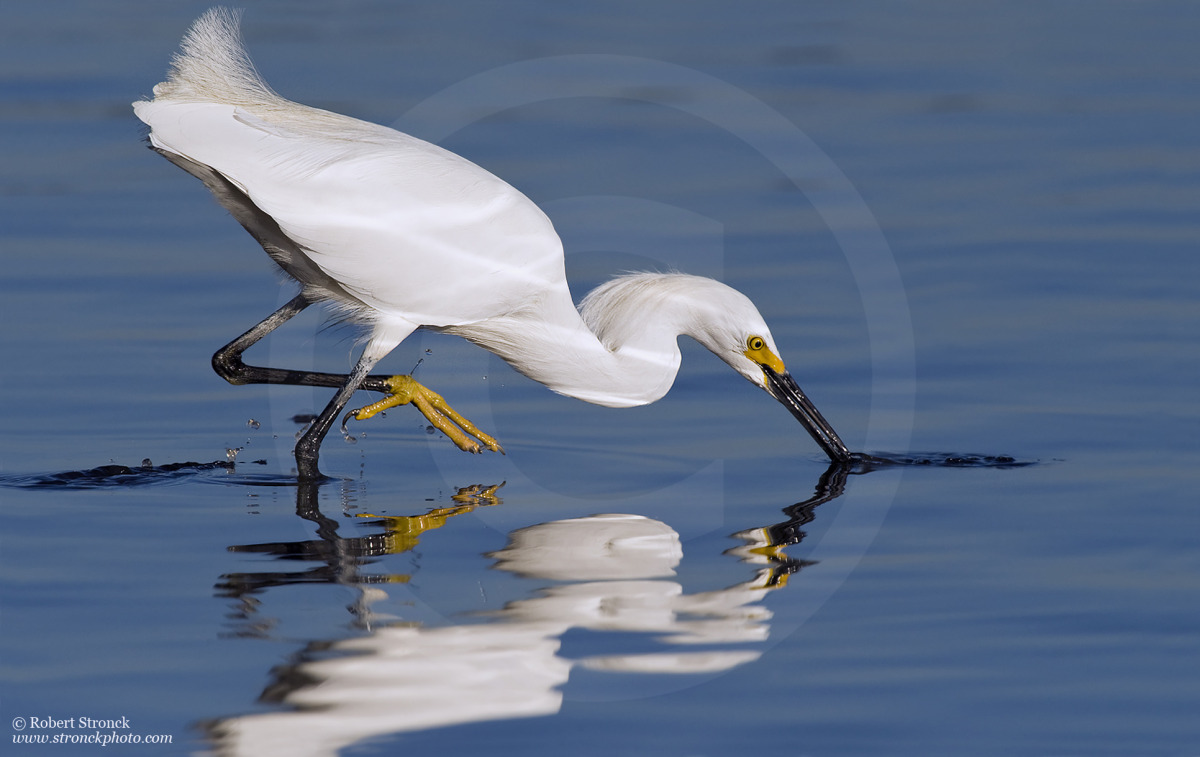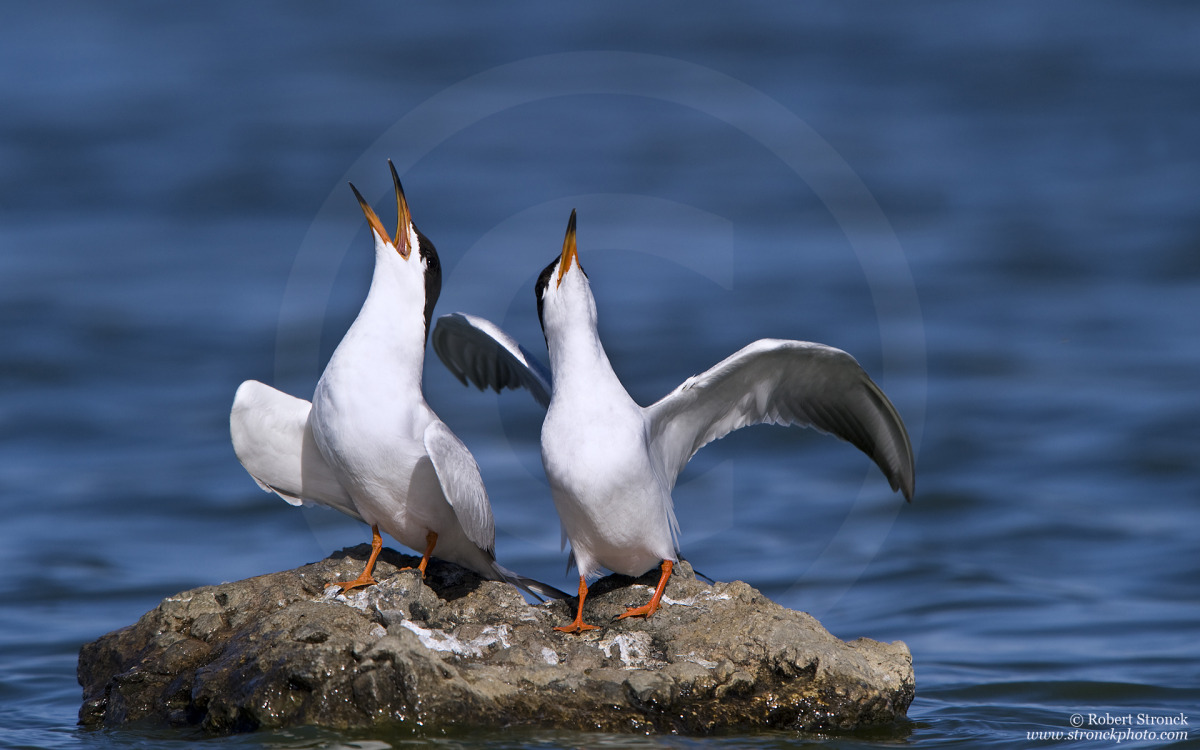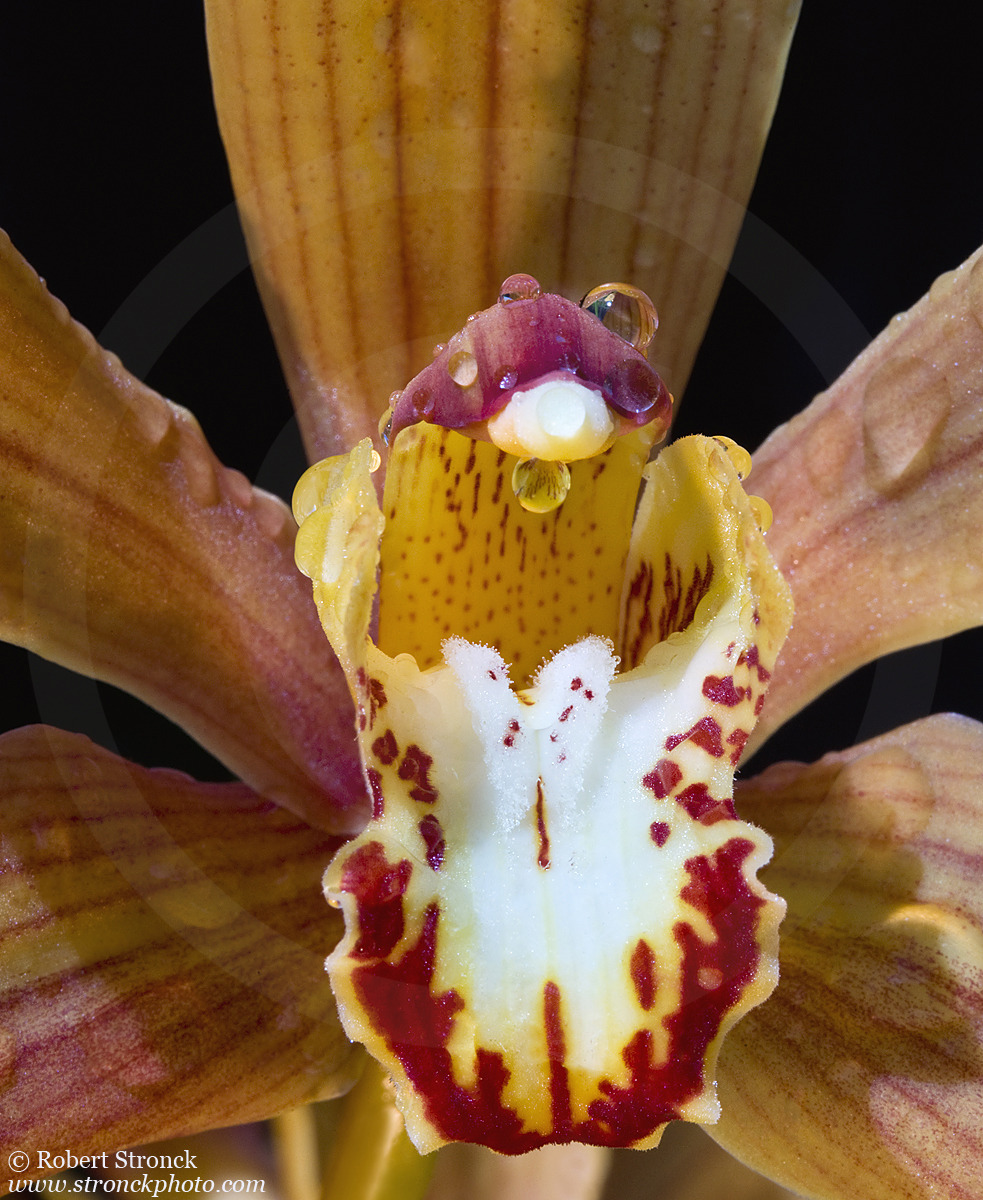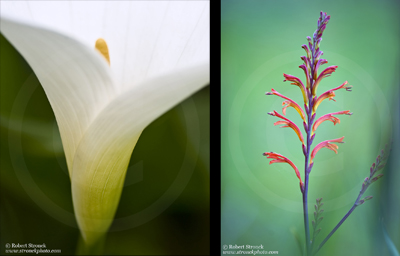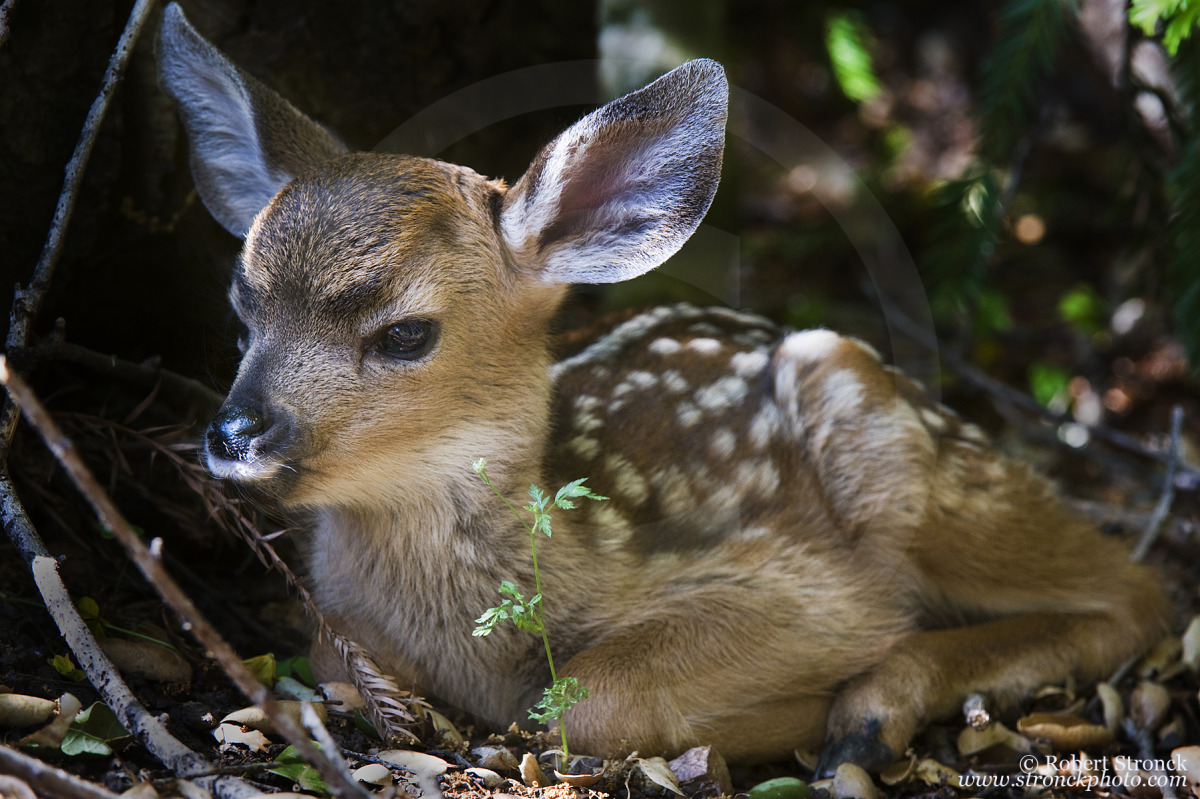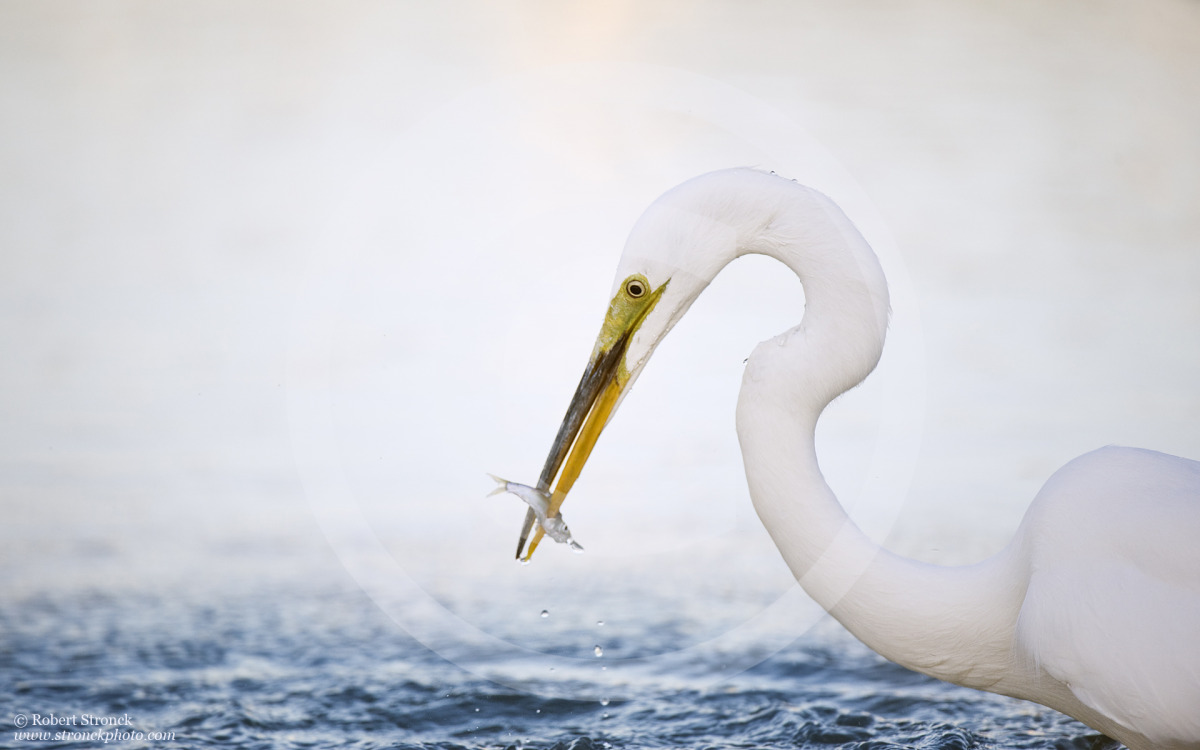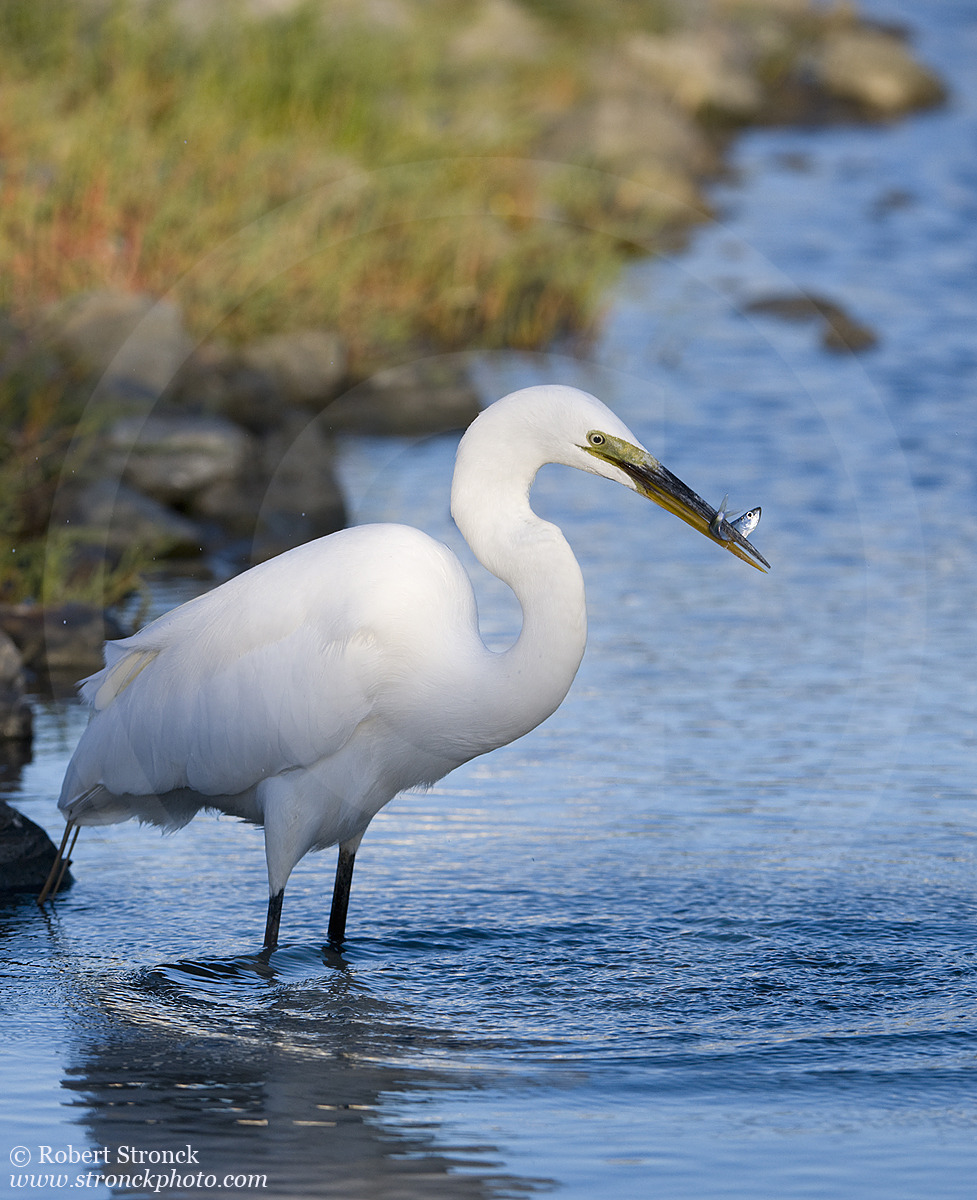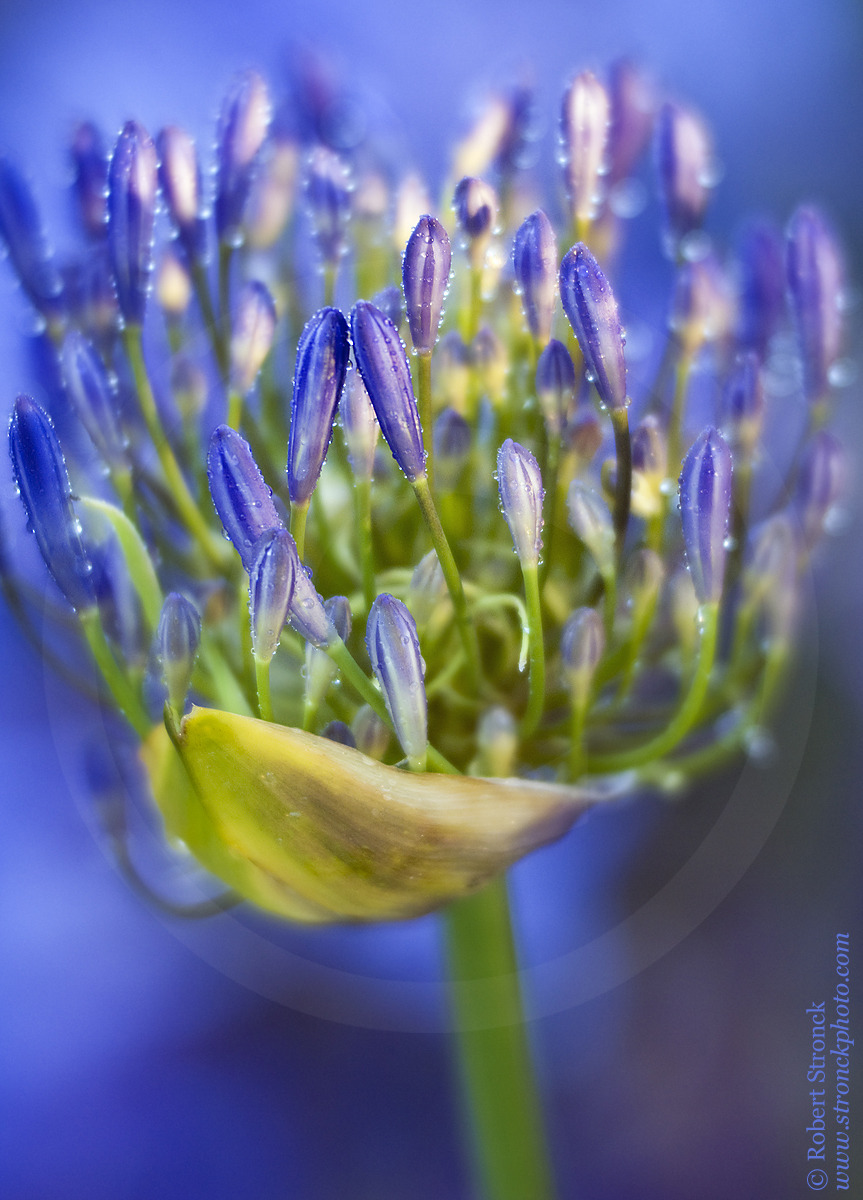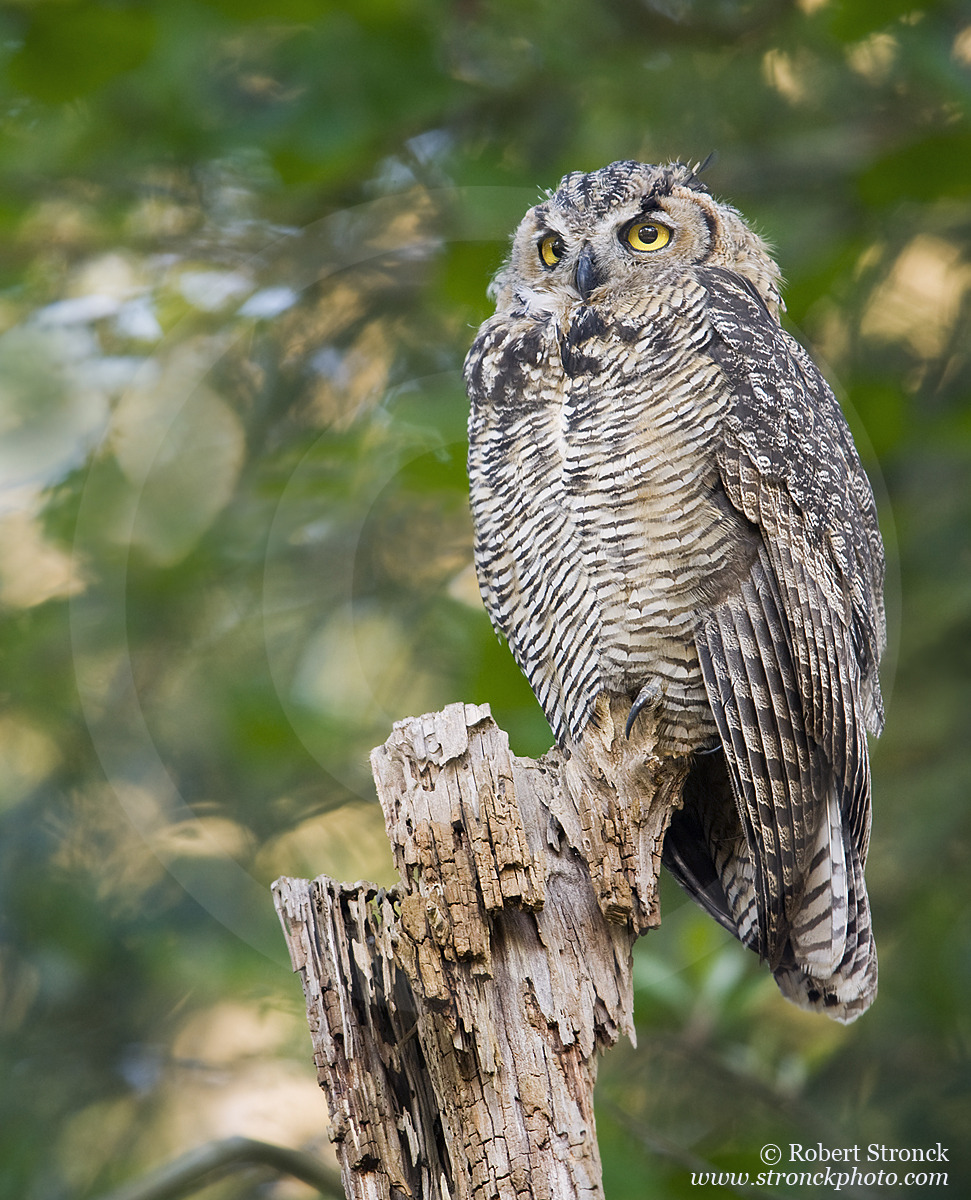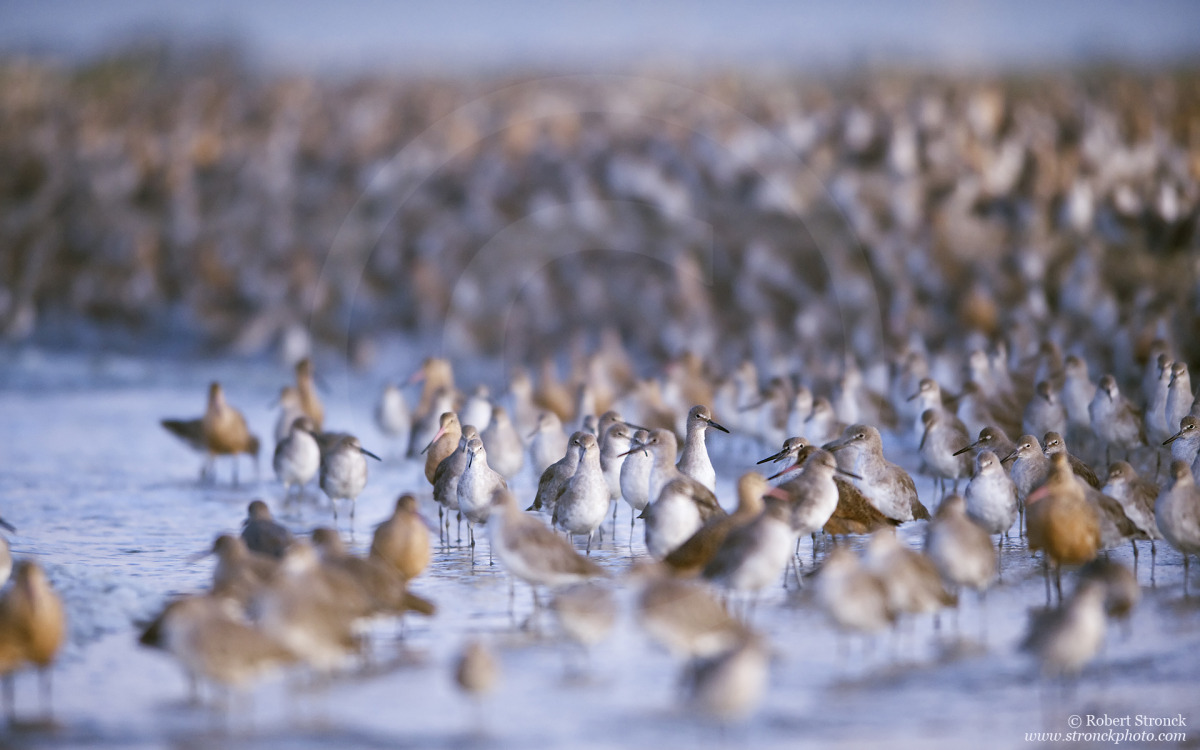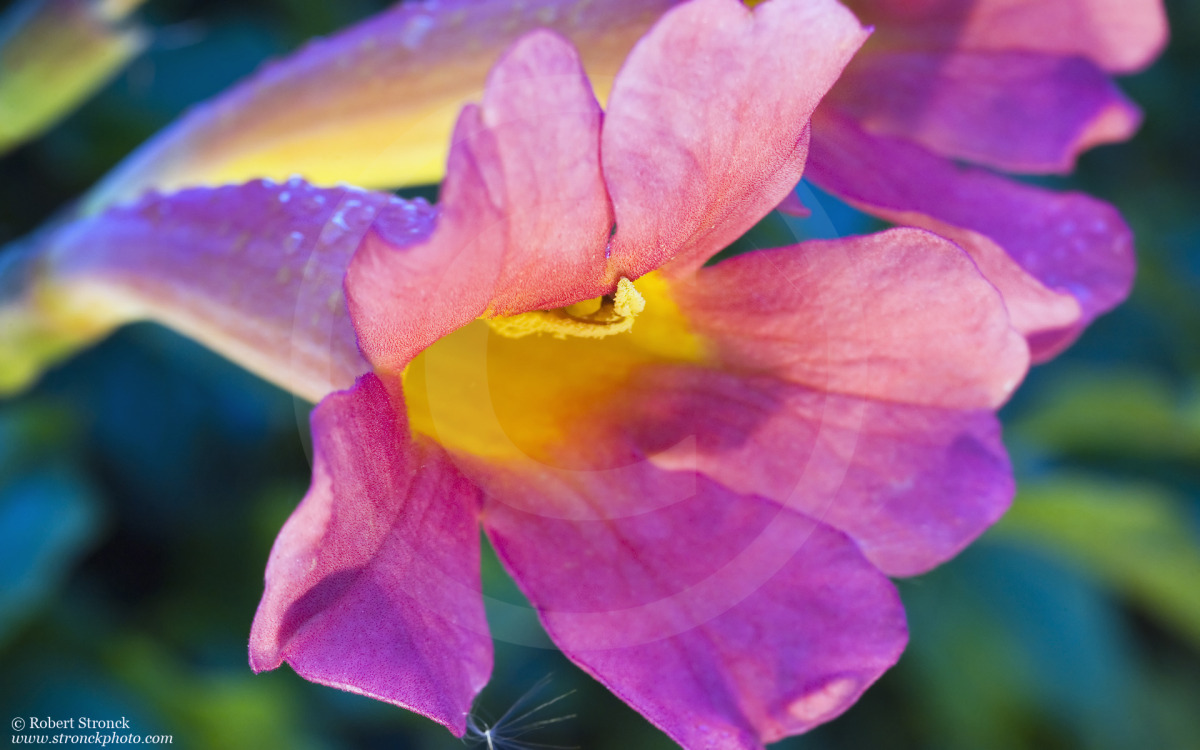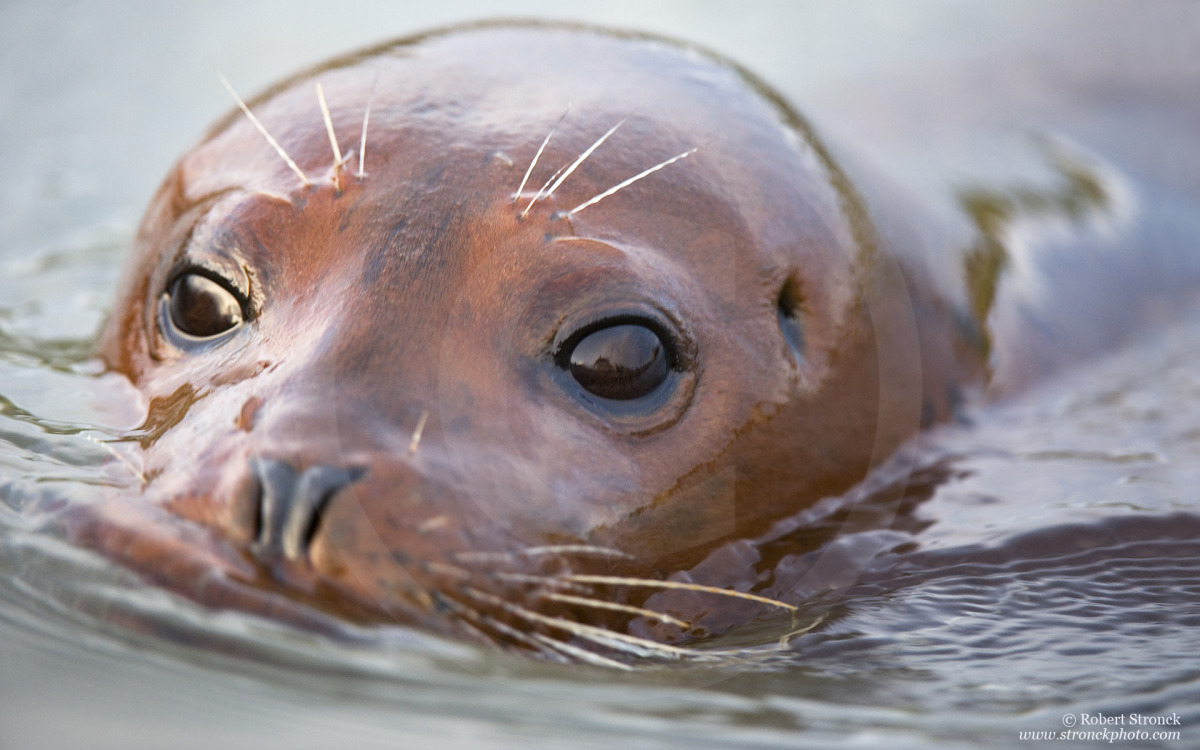For many years my wife told me that I need to visit Pensacola, Florida. She lived there as a child and has fond memories of Southern living. She told me the reasons people visit: beautiful beaches, charming small town feel, amazing cuisine, history as the oldest town in America, the friendly people and relaxed way of life. Mostly she remembers simpler, fun times with her Southern relatives. So we finally visited and I went with an open mind. Having grown up and lived my whole life in California, I am used to life here. Florida is very different and yet wonderful in its unique flora, fauna and culture. I wasn’t prepared for how much I like this town. I guess we often think that the place we live is the center of the universe when in reality there are many wonderful communities to call home. Pensacola is a place I could call home.
Pensacola is well known as America’s first settlement (1559) and as the City of Five Flags in reference to the five national governments who controlled the area (Spain, France, Britain, the Confederacy and the United States). Although it has a long impressive military history (incidentally, my wife has several family members who served at NAS Pensacola) it has grown into much more with cyber security companies, robotics innovation, aviation manufacturing and an entrepreneurial spirit. The revitalization of the downtown is probably one of the most impressive features of the area. There is also a small art community with popular gallery night events in the downtown. My wife says she could barely recognize the place and that this is a good thing. Mostly, we sensed a spirit of creative thinking and people who enjoy their work and are happy living there.
This medium sized Southern town (approx. 52,000) is also packed with restaurants, micro-breweries (my fav: Li’l Napoleon IPA from Pensacola Bay Brewery), art galleries, parks, museums (notably: National Naval Aviation Museum) and more. And of course, Pensacola is home to the Blue Angels, the U.S. Navy’s famous flight demonstration squadron. A highlight of this trip was our special tour of the Aviation Museum and flight-line access to the Blue Angels practice session courtesy of my wife’s stepdad, Bob Carleen (retired Navy Master Chief and Naval Aviation Museum restoration expert).
There’s so much to like about Pensacola and the Panhandle and I have to say, Southern hospitality is a real thing folks. A week is not enough time to see all there is to see. More than likely, you could spend a lifetime photographing subjects in this area. I look forward to more photo opportunities in the panhandle.
Being new to the south, there were quite a few first time experiences for me; enough that I made a little list:
Places visited:
• Blue Angel’s practice at NAS Pensacola (see more photos)
• National Naval Aviation Museum (see more photos)
• Gulf Islands National Seashore
• Fort Pickens (1834) (see more photos)
• Pensacola Beach
Things I did:
• Shot an authentic flintlock pistol
• Fired a fully operational miniature cannon
• Shopped for July 4th fireworks at Shelton Fireworks (AL) – “largest fireworks warehouses in the world”
• Shopped at 140,000sf Bass Pro Shops Outdoor World (AL)
• Tasted handcrafted rum at Rollins Distillery (a nano-distillery in Gulf Breeze)
Things I ate:
• Whataburger
• Shrimp Po’ Boy sandwich w/Hush Puppies at Joe Patti’s (since 1931)
• Pecan Fudge from J.W. Renfroe Pecan Co. (since 1956)
• Grits
• Chipped beef on toast (not Stouffers)
• Fried okra
• Royal reds shrimp (cooked 4 ways)
• Black-eyed peas
• Sweet tea
• Pimento cheese
• Homemade sweet pickles
• Cheerwine
• Birch beer
• Key lime pie popsicle at Frios Gourmet Pops on Palafox
• Oysters Rockefeller
• An authentic Philly Cheesesteak sandwich at Philly’s



